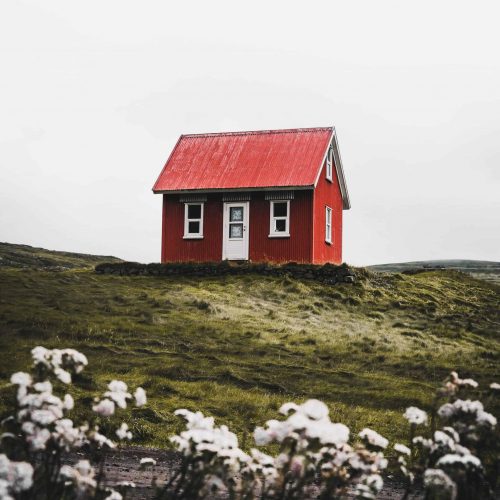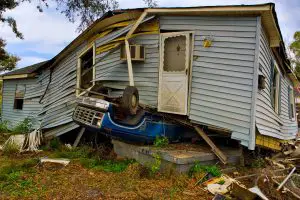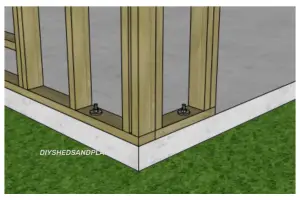LIVING IN A SHED
CAN you live in a shed? Is living in a shed easy? Is it even doable. Why, YES, it can even be fun…if done right.

Living In a Shed: A Complete List of Things to Consider
The old question, now becoming a popular one, is if one can live in a shed. My answer is that humans can survive virtually anywhere. However, you don’t want to live in an uncomfortable place.
Living in a shed can be exhilarating if you are doing it right. It can also be quite cheap compared to renting or mortgage. However, you may need to make a few sacrifices here and there to make it happen.
If you have a young family, a senior in the family, a vulnerable person such as an expectant spouse, you need all the comfort you can get.
IN THIS GUIDE
Here are the things that you need to consider and do:
1. Downsize.
A shed will naturally be smaller than your current dwelling. Even the biggest sheds are actually below 1000 square feet. You may want to approach your living space with a minimalist outlook.
You probably won’t have space for that 6 by 6 bed or extra sofas. Think about functional items and utilities in a home. Work with minimal targets. Downsize correctly, so that you don’t get rid of important items.
There are things that you can’t trim out of your life. The family sleeping area is of utmost importance. You want maximum comfort here. Ensure proper spacing, quality ventilation, and quality beddings above all else.
2. Be aware of rot, bugs, and pests.
Where you anchor the shed will determine if it will be vulnerable or not to weather and other destructive elements such as termites, rats, mold, and such things. Prepare the foundation before you set the shed.
Treat the wood and other parts of the home that are prone to pest attack. Treat wood to prevent termites, carpenter ants, beetles, and borers.
Exposed wood will start to rot over time, which will make it vulnerable to pest attack. Ensure that all the wooden elements are carefully installed and protected adequately.
If you are a shed person, you also probably want to live in a garden setting where bugs, such as roaches will naturally roam. You need a plan of preventing them from invading and colonizing your home.
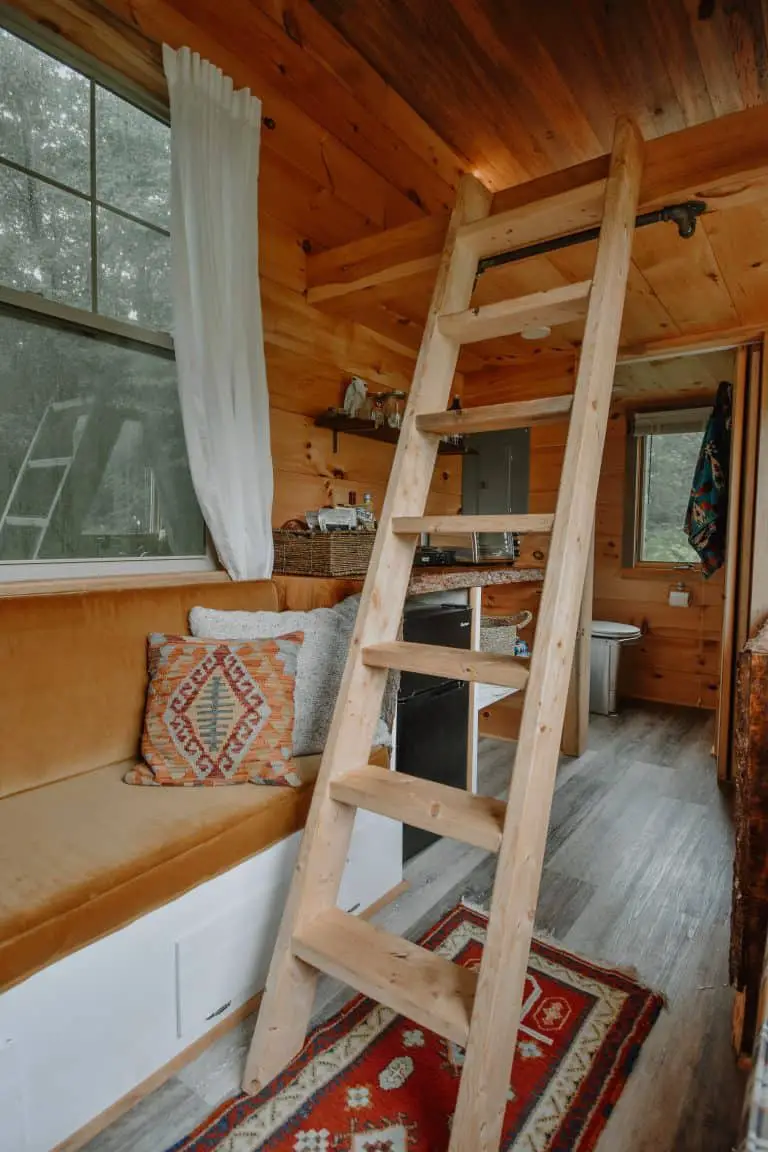
3. Treat wood for safety.
Some wood has chemicals, and it is toxic and dangerous. Wood allergies are a thing. When handling toxic wood, you need to wear proper protective equipment and avoid touching sensitive body parts, such as armpits and eyes. They include cedar varieties, rosewood varieties, maple, and many others.
Treat these types of wood before working on them. Before buying or working on any wood, it would be wise to check its toxicity. When buying, insist on treated wood. If you must use raw wood, treat it fully.

4. Provide quality insulation.
Modest heating and cooling is a bare minimum that you should not compromise. You want optimal heating in the winter and cooling in the summer.
In most places, for a shed to be considered a home, it needs cooling, heating, ventilation, plumbing, and electrical systems.
One way to control your heating and cooling costs is by insulating floors, ceilings, and walls. You can install the insulation yourself. Be careful with the installation process because any shoddy work will be like shooting your foot. Just like any other home, ensure that all the cracks and unnecessary openings are properly sealed.
5. Must have good ventilation.
Indoor air quality is paramount for any home. It will determine the level of comfort that you enjoy inside your shed home. Ensure that the ventilation system is also intact when setting up your insulation and overall heating and cooling system.
You don’t want dust mites, pollen spores, mold, smoke, and other air pollutants to accumulate in your shed. Whether you use fiberglass wool or bubble wrap insulation, ensure that your ventilation areas are strategically placed to improve air quality.
Ensure that the kitchen is set correctly to remove all the smoke from the shed. It is advisable to open windows when cooking. It reduces the risk of carbon monoxide accumulation in the room. Most sheds are significantly short, and can easily get stuffy even with just one cooking.
6. The systems must work.
Heating, air conditioning, electricity, plumbing, hot water, sewer, and all the other essential systems ought to work in tandem. You may have to find smaller, functional units, set professionally to prevent any possible mistake.
You don’t want to add the wrong AC or heating unit size that might stretch your utilities to the limit. Also, consider renewable energy where possible. In places where electricity is cheap, it may not make sense to try alternative energy sources.
With plumbing, you can opt for composting toilets instead of septic tanks. This way, you can turn the waste into organic compost for your garden.
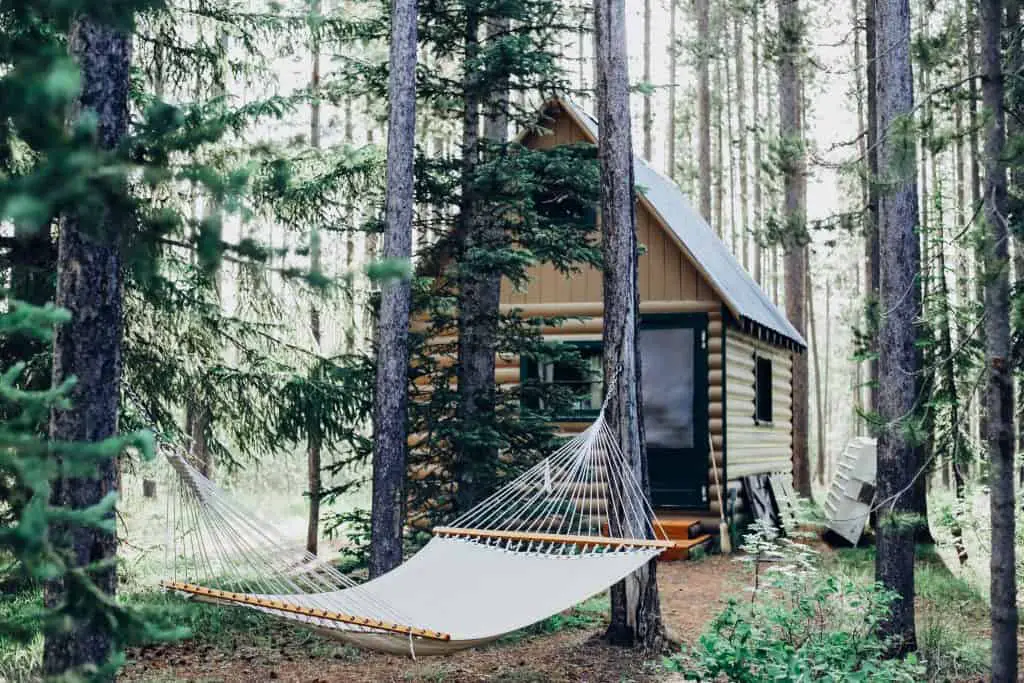
7. Get a permit where necessary.
Surprisingly, some states and counties around the country don’t have codes or permits for shed dwellers. If you make the right inquiries, you can stumble upon a county that has little or no permits at all. If you live in an area where there are code requirements for shed dwellings, ensure you comply with them.
As for building permits, you naturally want to acquire those before you start any construction work. Even your design will still be subject to approval. Don’t start construction works before you have all the necessary paperwork.
Check out the zoning rules for the area before attempting to make a home out of a shed. Some zoning regulations prevent people from installing any other structure within the lot. In such situations, a shed will not be permitted. Ensure that you have a clear understanding of the legal landscape of the area you want to live.
See “Do You Need a Permit?” to learn more about permits in your area.
8. Weatherproof the windows.
Without proper window placements, the room is likely to be dim even during the day. Place the windows strategically and do not obstruct them. They will let in lots of natural light, which is good for your eyes and overall comfort.
If the rooms are dim, you will most likely need to light up the place all the time. If the rooms are still dark and the window option is not ideal, add skylights. Windows have an extra advantage because they help circulate air evenly inside the house.
This aeration keeps the interior of the shed fresh. However, take the same precaution that a homeowner takes about weatherproofing windows. Reinforce during storms, snowfall, and hail.
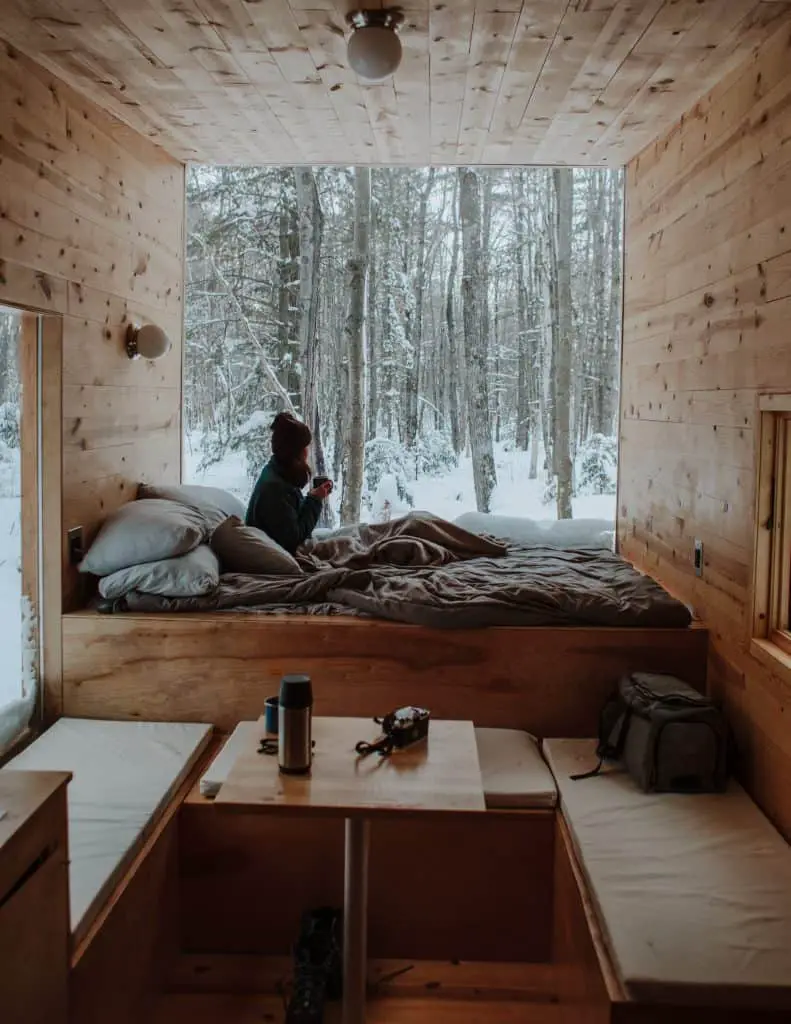
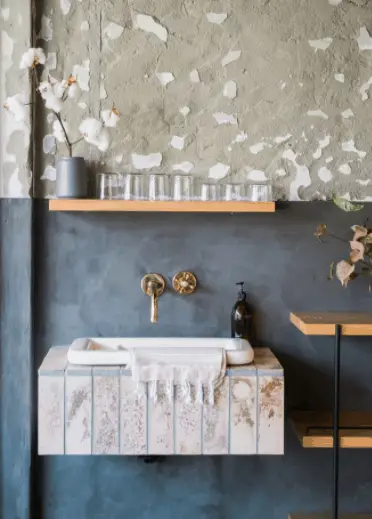
9. Bathroom, kitchen, small appliances
As you have already noticed, living in a shed requires high-level organization.
It means you need a plan of where each item will go, including cooking appliances, bathtubs, and such things.
If you are spot on, you will reduce the piping and other installations reducing the overall cost.
10. Know the cost
How much does it cost to convert a shed to living space? Reliable estimates from real people living in a shed say that it cost them $75-$100 per square foot. Large-sized sheds around 800 square feet will cost about $8,000-$10,000. The level of furnishing will also determine your overall unit cost.
If you are adding modern and highly efficient systems, the cost can go up to $20,000 for 1000 square feet shed house. The quality and size of the shed will determine the overall cost. Be careful not to invest in low-quality sheds.
Such sheds will cost you significantly higher amounts of money to anchor, seal, or finish. They will cost a fortune to complete to livable standards.
11. Anchor the shed to the ground.
Generally, you don’t want to put the shed on the ground if you want it to be durable. On the ground, it will be easy for pests and bugs to attack and invade. Further, the anchorage will reduce the chances of wind, storm, and floods from moving the shed from its place.
Before you anchor the shed, know the type and construction model. Some anchors will not be compatible with certain construction designs. You can use concrete, foundation plates, or auger-style anchors.
12. Add lots of shelves and cabinets.
To declutter the place, you need to make good use of space. There is no better way of doing that than investing in quality shelves and cabinets.

You must be creative about the doors and such things because a poor door design could block access to other places. You can use sliding or other flexible designs that don’t necessarily open outwards.
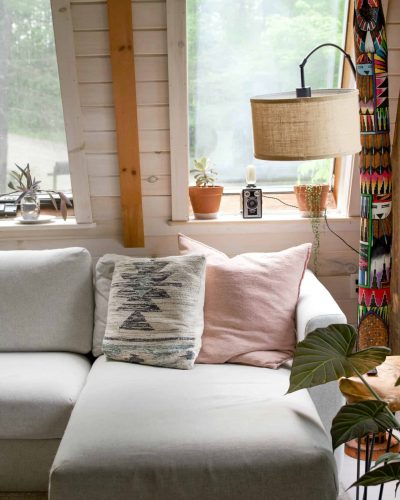
On the overall…
If someone asks you if one can live in a shed, you now have an answer. Since the shed is not designed as a place to live, you can customize it to give it the flair that you desire. Try out some homey touches to make the place warm, nice, and cozy. It does not have to look boring and small.
Add some pictures, pillows, trims, wooden floors, colorful rugs and such things that will accentuate the overall style. You can use paint-pleasing colors or even light colors to open up small spaces. Do these things to each room to highlight their functionality.
Yes! You can do it. You can live in a shed. You are unstoppable!
